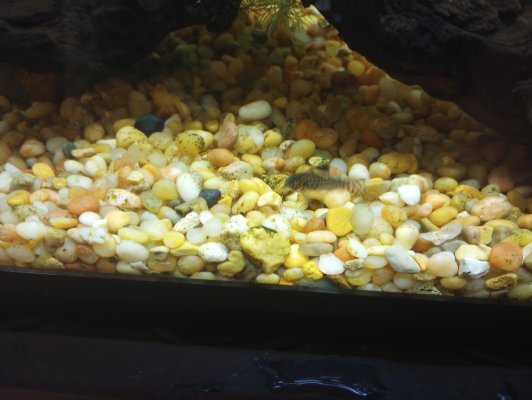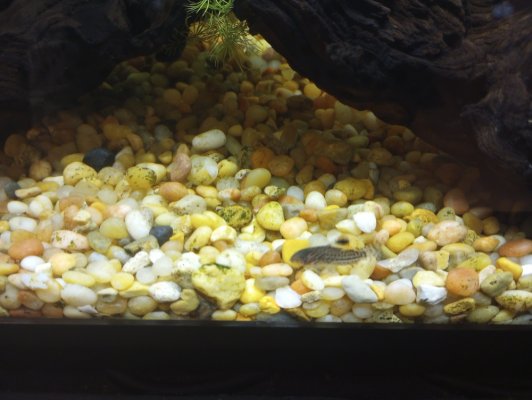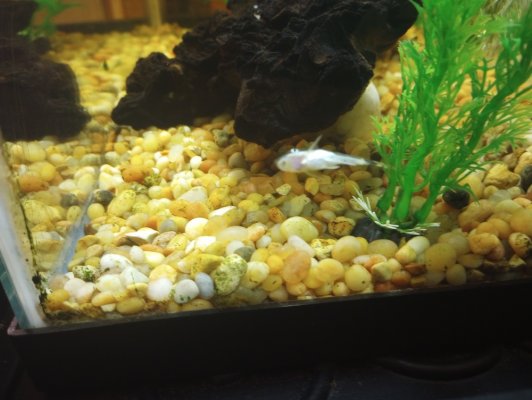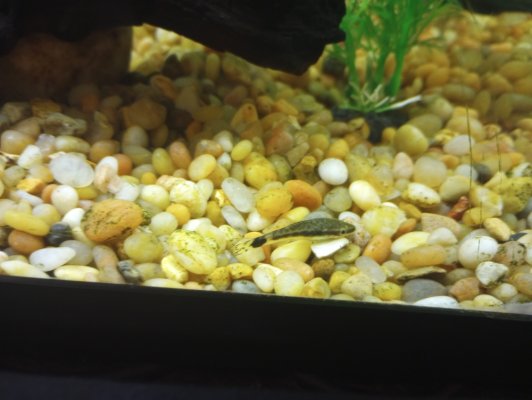larochem595
Aquarium Advice Activist
- Joined
- Oct 29, 2014
- Messages
- 149
So here's what I do know--the primary symptoms are inflamed gills, heavy pumping of gills, darting/flashing, eventually bloating and death (in the end stages.) I know that heavy water changes and thorough gravel vacuuming certainly haven't hurt (possibly help a very small bit), but hasn't been a cure. I am doing two 20% water changes a week at this point. I know this tank is not overstocked and, other than a lower KH than I ideally want, the water parameters are spot on. The care I give them is good. I am pre filtering through carbon and pre-aerating my water. I also know that this started after the addition of new fish, which also leads me to believe it is an infection of some sort... The fact that the cories seem more heavily hit also leads me to think they picked up something from the substrate.
What I also know is that my water supply did change in the late fall... I learned my city has an auxiliary water supply from a different reservoir when water levels are high enough. That is when my KH must have changed and pH got altered slightly at one point and my nitrates went to 0 (it briefly freaked me out but once I realized that my ammonia and nitrites stayed a 0, and my GH remained stable, I was happy about it.) I also learned to monitor my tap water, as well as what is in my tank, for this very reason. I don't think any of this has to do with the deaths in my tanks at all. Other than the KH dropping a little bit, nothing else has changed. Pretty happy with my parameters.
In sum, the symptoms line up with a gill infection of some sort so I am willing to give Andy's idea a try.
What I also know is that my water supply did change in the late fall... I learned my city has an auxiliary water supply from a different reservoir when water levels are high enough. That is when my KH must have changed and pH got altered slightly at one point and my nitrates went to 0 (it briefly freaked me out but once I realized that my ammonia and nitrites stayed a 0, and my GH remained stable, I was happy about it.) I also learned to monitor my tap water, as well as what is in my tank, for this very reason. I don't think any of this has to do with the deaths in my tanks at all. Other than the KH dropping a little bit, nothing else has changed. Pretty happy with my parameters.
In sum, the symptoms line up with a gill infection of some sort so I am willing to give Andy's idea a try.





